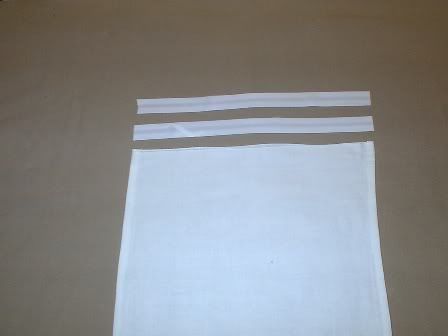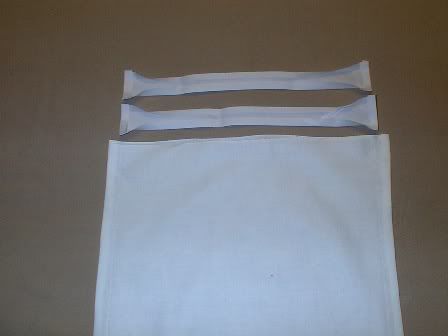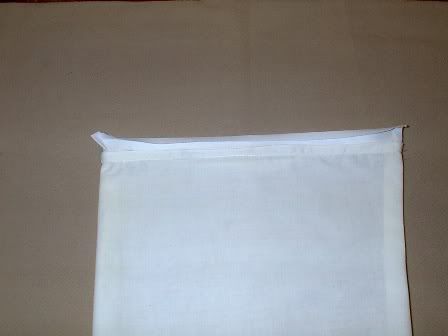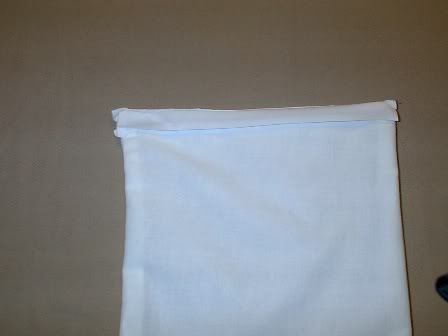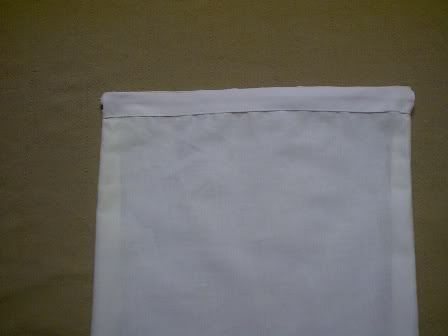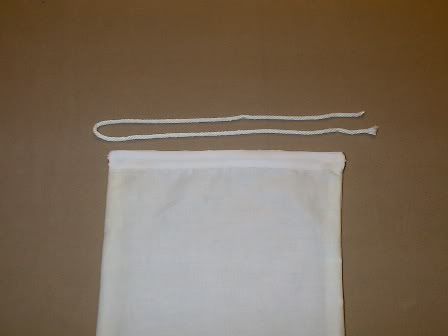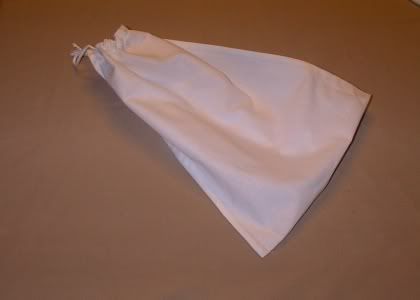 |
| My Goat Swiss |
The green rolling hills of Emme Valley of Canton Bern in west central Switzerland are home to a culinary wonder. A wild propionic shermanii bacteria settles on the clover growing in the high alpine pastures. Historic cheese mongers would gather the clover blossoms and make a tea to inoculate their cheese milk. The action of the propionic bacteria forms CO2 and as the cheese aged it would swell forming large holes.
Very few home cheese makers can achieve the classic large eye formation. For that, you need to make very large wheels. The bigger the cheese, the more CO2 becomes trapped forming eyes. On small cheeses, the CO2 escapes through the surface without making the classic big eyes. So, while french milkmaids were making their petite soft fresh cheeses in the villages, men of the Alps made huge 200 pound wheels of this hard cheese that could survive the rugged journey down the mountains.
For home cheese makers the Emmental class of cheeses are best made in the spring or fall when the air temperature tends to be ideal for eye formation. Although this cheese is traditionally made with milk from local cows such as the Swiss Brown, Simmental, Fribourg and Eringer, I find it works equally as well with my goat milk. I usually double this recipe but still use just 1/2 tea propionic shermanii.
Emmental (Classic Swiss)
Warm 2 gallons of fresh goat milk to 90F
Sprinkle 1/4 tea of thermophilic DVI culture onto the surface of the milk, allow it to rehydrate a few minutes then incorperate it into the milk
Dissolve 1/2 tea propionic shermanii into 1/4 cup of warm milk, add it to the cheese milk and stir
Cover and ripen 15 minutes
Dilute 1/2 tea rennet into 1/4 cup of cool water, add it to the cheese milk and stir well
Maintain 90F for forty minutes until you reach break
Cut curd into 1/4 inch cubes, rest 10 min
Use a whisk to continue cutting the curd, raise temperature to 120F over 40 minutes
Hold temp at 120F for 30 minutes while continuing to stir with the whisk
Drain curd, place in a cheese cloth lined press,
Press at 10lbs for 15 min, remove from press, flip and redress
Press at 15lbs for 30 min, remove from press, flip and redress
Press at 15lbs for 2 hrs, remove from press, flip and redress
Press at 15lbs for 12 hrs, remove from press, submerge in a 20% brine solution 12hrs at 70F
Ripen at 53F for one week, wash daily with brine
Ripen at 60F-65F for 3 -4 weeks foe eye development, wash daily with brine
Ripen at 53F for 3 months, wash weekly with brine
Enjoy!
